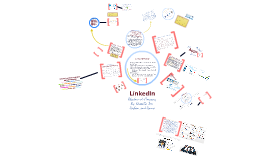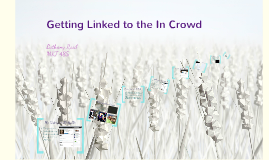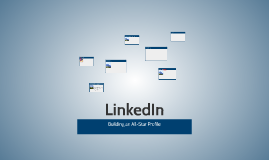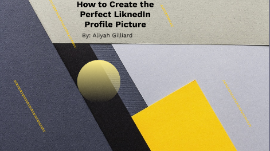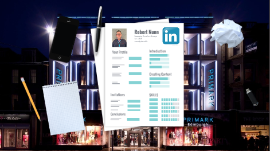LinkedIn Presentation
Transcript: LinkedIn is currently available in eighteen languages: English, Czech, Dutch, French, German, Indonesian, Italian, Japanese, Korean, Malay, Norwegian, Polish, Portuguese, Romanian, Russian, Spanish, Swedish and Turkish. With more than 161 million subscribers. LinkedIn is significantly ahead of its competitors: Viadeo (35 million) and XING (10 million). LinkedIn saw a 10 to 15 million member per quarter growth rate throughout 2012. For instance, LinkedIn has influenced the structure of modern social networking websites. And so, Facebook is trying to compete with LinkedIn by focusing on helping the growth of small businesses through their advertisements and the ability to create a company “page.” Risks Related to Class A Common Stock Possible limited market for investors in industry. Requirements of being a public company may strain company resources, divert management’s attention and affect our ability to attract and retain qualified board members. Intention to not pay dividends for the foreseeable future. Market Risks Interest Rate Fluctuation Foreign Currency Exchange Risk and Foreign Currency Forward Contracts Inflation Risk Allen Blue 108.86 Competitors (PNS & SNS) Stock Information 59.07 Founders 2029 Stierlin Court Mountain View, CA 94043 United States LinkedIn has a Worldwide Presence. Moving Forward, LinkedIn follows Core Values: • Our Members Come First. We encourage employees to know and understand our members and to ensure that we foster the long-term vitality of the LinkedIn ecosystem. • Relationships Matter. By fostering trust with colleagues and partners, we all succeed. We fundamentally believe that doing what is right is more important than being right. • Be Open, Honest and Constructive. We expect our employees to communicate with clarity and provide feedback with consistency in a constructive way. • Demand Excellence. Our employees are encouraged to lead by example, seek to solve big challenges. Set measurable and actionable goals, and continuously learn, iterate and improve. • Take Intelligent Risks. Taking intelligent risks has been paramount in building the Company to date. No matter how large we become we strive to never lose our start up mentality. • Act Like an Owner. Talent is our most important asset. We expect our employees to act as an owner in each decision they make, no matter how big or small. Members can create, manage, and share their professional identity online. Access professional information and find opportunities. Solutions designed to enable professionals to achieve higher levels of performance and professional success and enable enterprises and professional organizations to find and connect with the world’s best talent. Overall, achieving top productivity and success! Where does Business Operate? LinkedIn.com allows developers to integrate its content and services into applications* Offers hiring solutions (LinkedIn Corporate Solutions) Enables enterprises and professional organizations to find, contact, and hire qualified candidates by selling individuals’ information to recruiters and to job seekers. LinkedIn Jobs allow enterprises and professional organizations to advertise job opportunities on the company's network Provides marketing solutions (LinkedIn Ads) enables advertisers to build and target their advertisement to its members Last premium subscriptions: designed for general professionals to manage their professional identity and connect with talent. General users have opportunity to subscribe for InMail. Mission of the Company Eric Ly Reid Hoffman Property: Principal executive offices in Mountain View, CA (approx. 198,000 square feet of space) Sales and marketing and customer support offices in Chicago, New York, Omaha, San Francisco, San Mateo and Santa Monica. International LinkedIn offices are located in Amsterdam, Bangalore, Delhi, Dublin, Hong Kong, London, Madrid, Melbourne, Milan, Mumbai, Munich, Paris, Perth, São Paulo, Singapore, Stockholm, Sydney, Tokyo and Toronto. Data centers in the U.S. In the first quarter of 2012, Co. leased additional facilities in various locations. Reading List by Amazon Box File Collaboration My Travel by Tripit Google Presentations WordPress Slideshare Blog Link by Six Apart Huddle Workspaces Company Buzz by LinkedIn Subsidaries 122.71 Exploring Trends Can see that Total Revenue is increasing, and how much each product has grown from year to year. Also, charts below show how international market is expanding as well. Operate an Online Professional Network 86.84 creating websites that focus on providing unique services for users. Social Networking services provide a means for people to create communities, build relationships, and ultimately network with others. LinkedIn does this in a unique way, by focusing on relationships among employees and employers. -The birth of social networking began with MySpace (2003), revolutionizing the use of the internet as a whole. Soon enough Facebook (2004), Twitter(2006), and Google+






